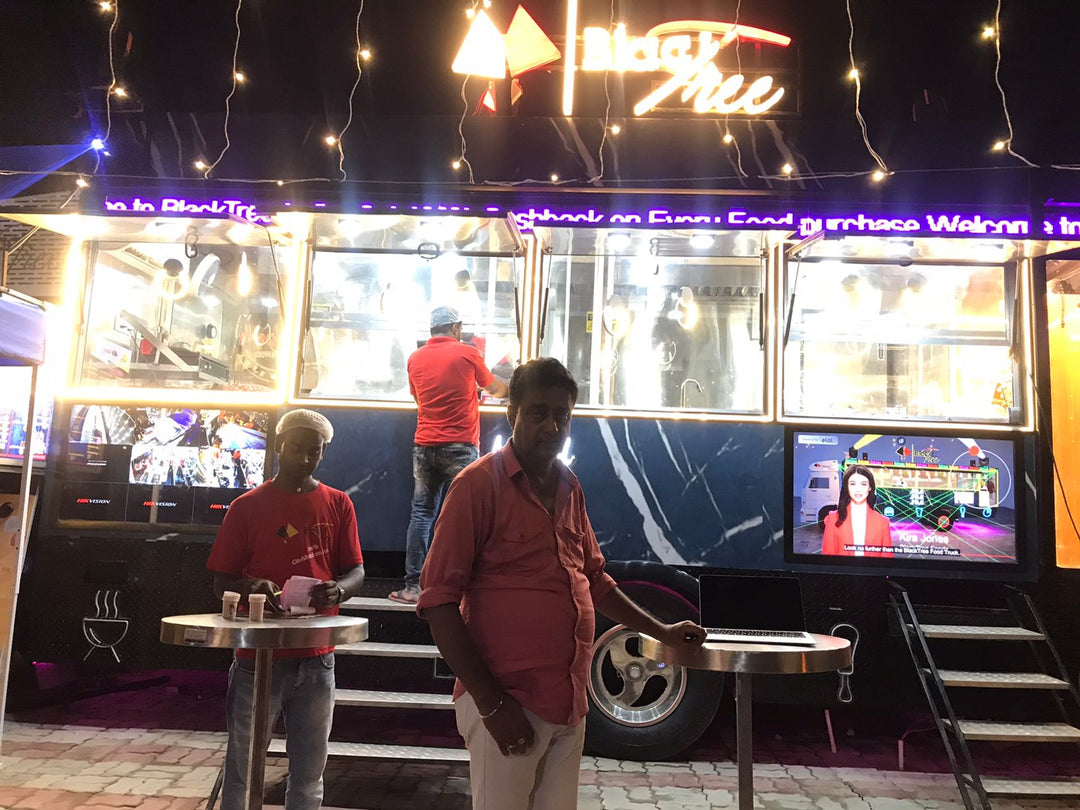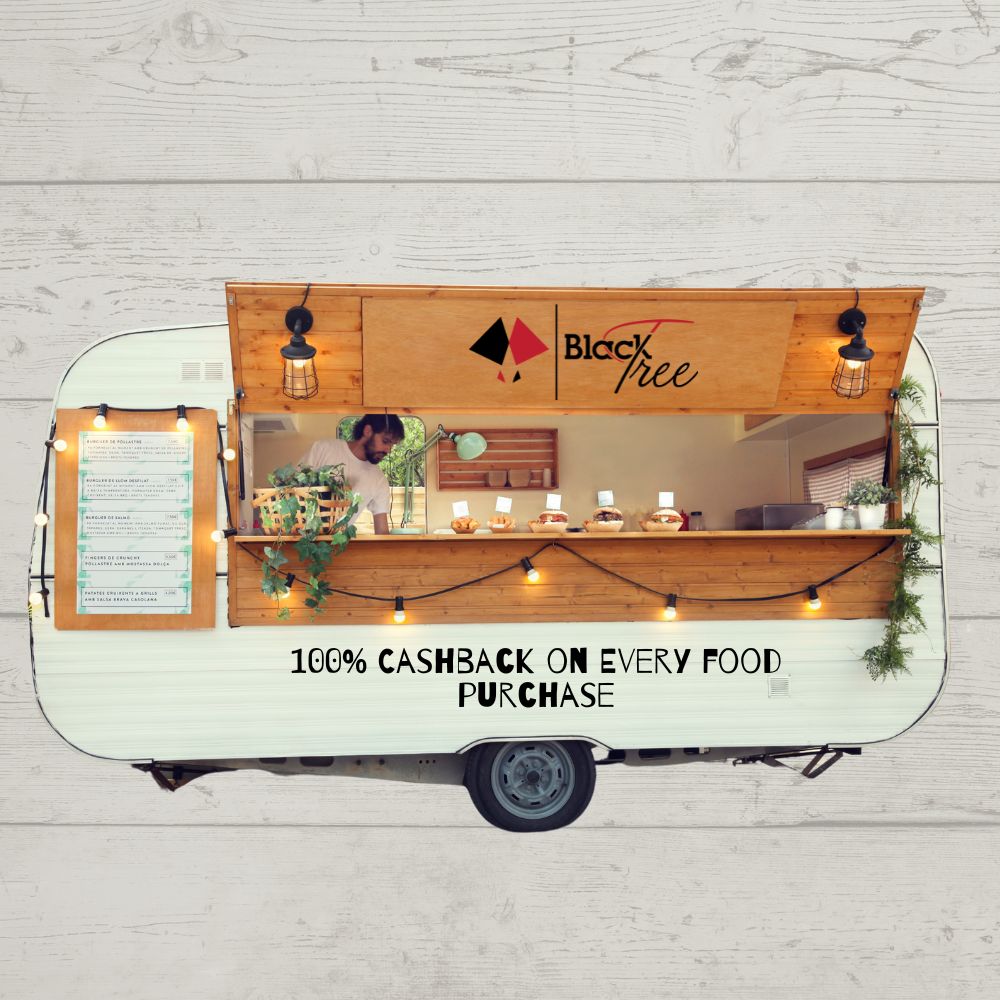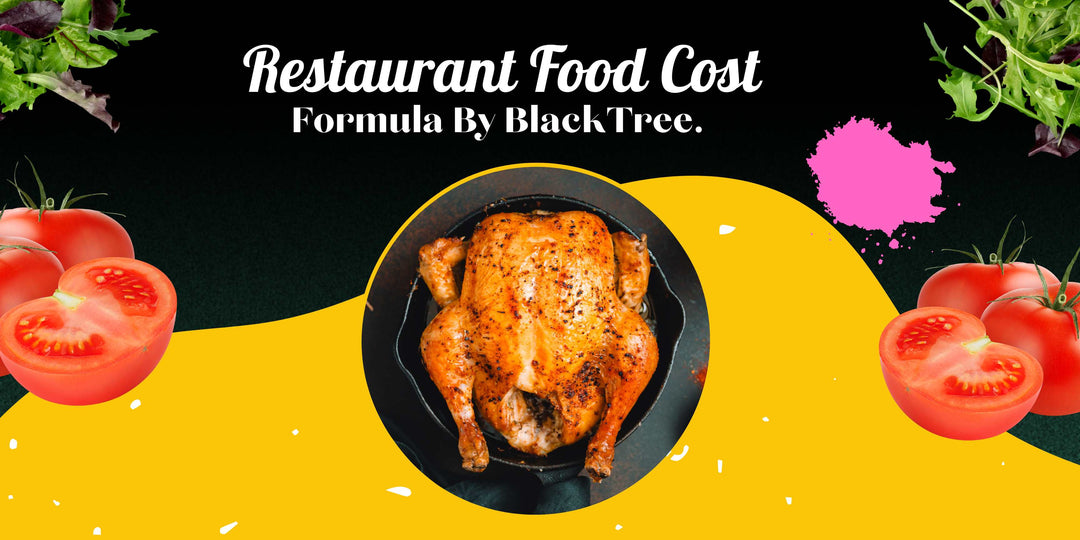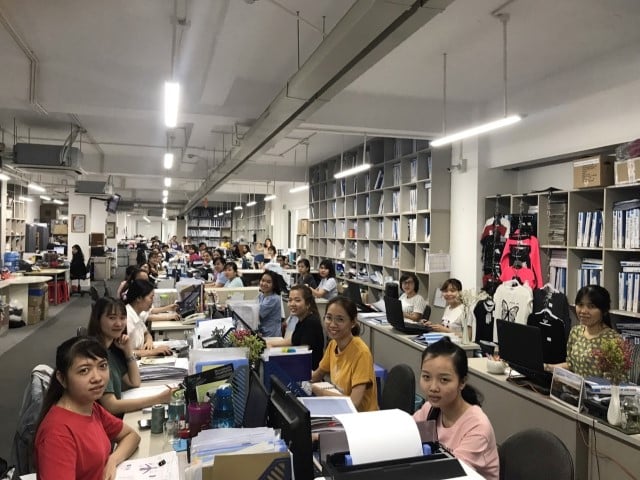How to Know Restaurant Food Cost as a Beginner?

Introduction: Understanding the Importance of Food Cost Management
As a beginner in the restaurant industry, one of the most crucial aspects of running a successful establishment is knowing your restaurant's food cost. Food cost refers to the total cost of all the ingredients and raw materials used to prepare a dish compared to the selling price of that dish. Managing food costs effectively ensures profitability, sustainability, and the ability to offer customers quality meals at reasonable prices.
In this detailed guide, we will walk you through everything you need to know to calculate your restaurant's food cost accurately. From understanding the basics of food cost calculation to implementing strategies to control expenses, we've got you covered. So, let's dive in and learn how to know your restaurant's food cost as a beginner!
1. What is Food Cost and Why Does it Matter?
Food cost is the cost incurred by a restaurant to purchase and prepare the ingredients needed to serve a particular dish. It is expressed as a percentage of the dish's selling price and plays a vital role in determining the overall profitability of your restaurant.
Understanding why food cost matters:
-
Financial Health: Accurate food cost calculation helps you understand your restaurant's financial health, identify potential issues, and make informed decisions to improve profits.
-
Menu Pricing: Knowing your food cost allows you to set appropriate menu prices that cover expenses while remaining competitive.
-
Waste Reduction: Monitoring food cost helps identify wastage, enabling you to implement waste reduction strategies effectively.
-
Quality Control: Maintaining consistent food costs ensures that you maintain the quality and portion sizes of your dishes.
2. Calculating Food Cost: The Basic Formula
To calculate your restaurant's food cost, use the following formula:
Food Cost Percentage = (Cost of Ingredients / Selling Price) X 100
The result will give you the food cost percentage for a particular dish. Repeat this calculation for each item on your menu to determine the overall food cost percentage.
3. LSI Keyword: Controlling Food Cost in Your Restaurant
Now that you understand how to calculate food cost let's explore strategies to control it effectively:
a. Menu Engineering for Optimal Pricing
LSI Keyword: "How to optimize menu pricing for better profits?"
Menu engineering involves strategically categorizing menu items based on their popularity and profitability. Consider the following techniques:
-
Star Items: Identify high-profit, popular dishes (stars) and promote them to increase sales.
-
Puzzle Items: These dishes have high popularity but low-profit margins. Modify or reprice them to improve profitability.
-
Plowhorse Items: High-profit, low-popularity dishes are plowhorses. Highlight them to boost sales.
-
Dog Items: Low-profit, low-popularity items are dogs. Consider removing them or rework the recipes to increase appeal.
b. Inventory Management and Supplier Negotiation
LSI Keyword: "Effective inventory management and supplier negotiation for cost savings."
-
Regular Inventory Counts: Conduct regular inventory counts to minimize theft, spoilage, and over-ordering.
-
Supplier Comparison: Obtain quotes from multiple suppliers to negotiate better prices for ingredients.
-
Buy in Bulk: Purchase non-perishable items in bulk to take advantage of volume discounts.
-
Seasonal Ingredients: Use seasonal ingredients when possible, as they are often fresher and more affordable.
4. Importance of Recipe Standardization
Recipe standardization ensures consistency in portion sizes and ingredient quantities, leading to accurate food cost calculations and consistent quality across all orders.
5. Staff Training for Cost Control
LSI Keyword: "Training staff to control food cost."
Educate your staff on the importance of cost control and involve them in waste reduction initiatives. Proper training can significantly impact food cost management.
6. Technology Solutions for Food Cost Calculation
Embrace technology to simplify food cost calculation:
-
POS Systems: Invest in a reliable POS system that tracks sales and ingredient usage.
-
Inventory Software: Use inventory management software to monitor stock levels and expenses.
-
Recipe Costing Tools: Utilize recipe costing tools to accurately determine ingredient costs.
7. LSI Keyword: Identifying and Preventing Food Wastage
Wastage contributes to higher food costs. Implement these measures to minimize waste:
-
First-In-First-Out (FIFO): Rotate perishable ingredients to use the oldest items first.
-
Portion Control: Train kitchen staff to adhere to portion sizes to minimize excess.
-
Compost and Donate: Consider composting food waste or donating surplus food.
8. Analyzing and Adjusting Food Cost Percentages
LSI Keyword: "Analyzing and adjusting food cost percentages for better results."
Regularly analyze food cost percentages and adjust menu prices if needed to maintain profitability.
9. LSI Keyword: The Impact of Seasonality on Food Cost
Understand how seasonal fluctuations can affect food costs and adapt your menu and sourcing accordingly.
10. Implementing Cost-Effective Marketing Strategies
Explore budget-friendly marketing strategies to increase customer footfall and boost profits.
11. LSI Keyword: Embracing Sustainable Practices
Adopt eco-friendly practices, like reducing single-use plastics, which can lead to long-term cost savings.
12. Monitoring and Benchmarking Your Restaurant's Performance
LSI Keyword: "Monitoring and benchmarking restaurant performance for growth."
Regularly track financial performance and compare your food costs to industry benchmarks.
13. Creating a Budget for Food Cost
LSI Keyword: "Creating a realistic budget for food cost."
Develop a comprehensive budget that aligns with your restaurant's financial goals.
14. Understanding Food Cost Percentage vs. Gross Profit Margin
Learn the difference between food cost percentage and gross profit margin to gain a better financial perspective.
15. Addressing Food Cost Challenges
LSI Keyword: "Overcoming common food cost challenges."
Identify common challenges and strategize ways to overcome them.
16. LSI Keyword: The Role of Pricing Psychology
Understand how pricing psychology can influence customer perceptions and spending habits.
**17. FAQs
-
Q: What is the ideal food cost percentage for a restaurant? A: The ideal food cost percentage typically ranges between 25% to 35%, but it may vary based on the type of restaurant and its offerings.
-
Q: Can technology help me track food costs more efficiently? A: Yes, investing in technology solutions like POS systems and inventory management software can streamline food cost tracking and management.
-
Q: How often should I update my menu prices? A: Regularly review your food costs and adjust menu prices as needed, but avoid making frequent changes to maintain customer loyalty.
-
Q: Is it necessary to standardize recipes? A: Yes, recipe standardization ensures consistency, precise food cost calculation, and uniform taste across all dishes.
-
Q: What are the best strategies to reduce food wastage? A: Implement FIFO, train staff on portion control, and consider composting or donating surplus food.
-
Q: Can I negotiate with suppliers to get better ingredient prices? A: Yes, obtaining quotes from multiple suppliers and negotiating prices can lead to cost savings.
Conclusion
Knowing your restaurant's food cost is fundamental to its success. By implementing the strategies outlined in this article, you can efficiently manage food costs, increase profitability, and deliver exceptional dining experiences to your customers. Remember to regularly analyze and adjust your food cost percentages to stay competitive in the dynamic restaurant industry.
Implement these tips, and you'll be well on your way to running a thriving restaurant business while keeping your food costs in check.













